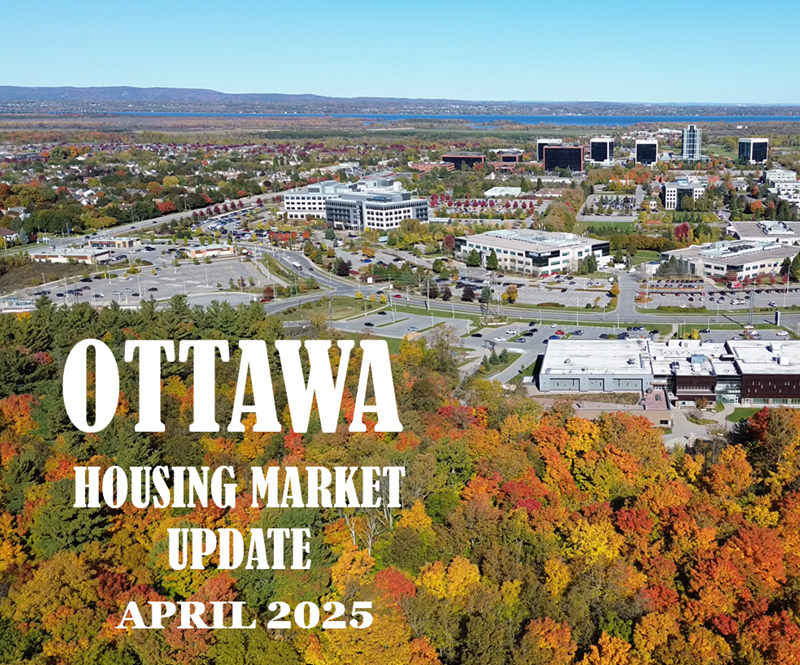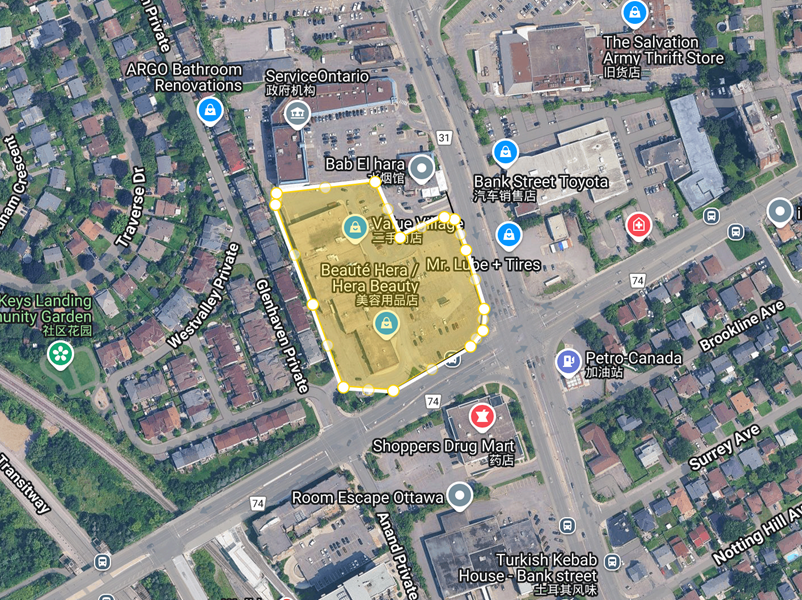
The Ontario government introduced the Protect Ontario by Building Faster and Smarter Act, 2025 as a comprehensive effort to streamline housing and infrastructure development across the province. Framed as a response to Ontario's growing housing supply and affordability challenges, the legislation aims to simplify planning approvals, standardize development charges, and promote transit-oriented communities. The Act proposes greater coordination between provincial and municipal governments, expanded use of public land, and more standardized processes to support timely construction.
From the government's perspective, the Act is about efficiency and long-term sustainability. Provincial leaders argue that red tape, inconsistent local processes, and lengthy approval timelines are holding back critical housing development. By harmonizing building standards, simplifying municipal approval structures, and unlocking development potential on public land, the province believes it can deliver housing faster and at lower cost. The government also sees this legislation as a job creation strategy and a way to drive economic growth in uncertain times.
Support from the construction industry has been strong. Groups like the Ontario Road Builders' Association (ORBA) and the Ontario General Contractors Association (OGCA) have applauded the bill for improving consistency in infrastructure project approvals and reducing administrative burdens. Some municipal leaders, including Mississauga Mayor Carolyn Parrish, have also expressed support, noting that the Act will help accelerate much-needed development by cutting unnecessary bureaucracy. Other industry stakeholders cited in the government's official release include the Residential and Civil Construction Alliance of Ontario (RCCAO), the Building Industry and Land Development Association (BILD), and the Ontario Sewer and Watermain Construction Association (OSWCA). These organizations echoed similar sentiments, applauding the legislation for removing barriers to development and modernizing outdated municipal frameworks.
The real estate industry has also welcomed the legislation. The Toronto Regional Real Estate Board (TRREB) issued a public statement calling the Act a meaningful step forward in addressing Ontario's housing supply crisis. TRREB specifically praised the proposed changes to development charges and planning approvals and urged the government to go further by implementing a province-wide as-of-right zoning framework for four units and four storeys. They also called for additional measures to ensure transparency and accountability in development fees, emphasizing the importance of aligning financial incentives with housing delivery goals. TRREB expressed a strong willingness to collaborate with all levels of government to turn the Act's goals into tangible results. Similarly, the Ottawa Real Estate Board (OREB) voiced strong support, emphasizing that the legislation addresses many of the challenges previously highlighted by the board, including inconsistent planning processes and delayed infrastructure approvals. OREB President Curtis Fillier stated that the proposed changes will help reduce systemic barriers and provide builders with greater certainty, which is essential for getting more homes built across the region. Local realtors also pointed out that the bill could improve affordability by reducing project costs and timelines.
However, not all responses have been positive. Environmental organizations such as The Atmospheric Fund (TAF) raised concerns that the bill may weaken municipal control over climate-related building standards, potentially undermining local sustainability initiatives. Legal analysts have also flagged issues around centralization of authority, warning that the legislation could erode municipal autonomy in land-use planning.
As of mid-May 2025, the bill remains under committee review in the Ontario Legislative Assembly. Stakeholder consultations are ongoing, and the bill will require further readings and potential amendments before final passage. Observers across sectors will be watching closely to see how the final legislation balances speed with accountability and local empowerment.
Information source:
Ontario Getting Homes and Infrastructure Built Faster and Smarter
TRREB Statement: Protect Ontario by Building Faster and Smarter Act, 2025
OREB: Protect Ontario by Building Faster and Smarter Act, 2025
TAF Statement on Protect Ontario by Building Faster and Smarter Act
Gowling WLG: Building Faster and Smarter Act Overview
Stikeman Elliott: Protect Ontario by Building Faster and Smarter Act, 2025







